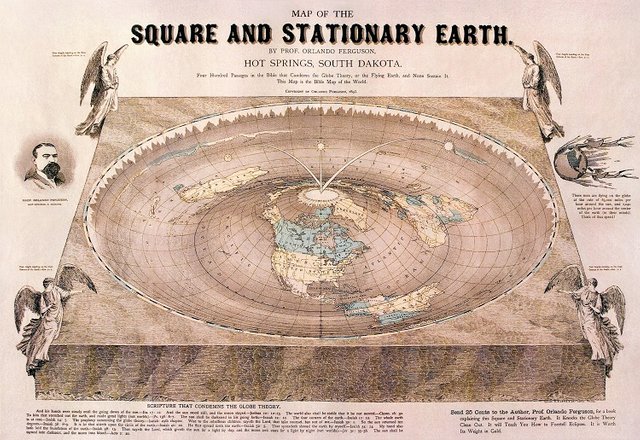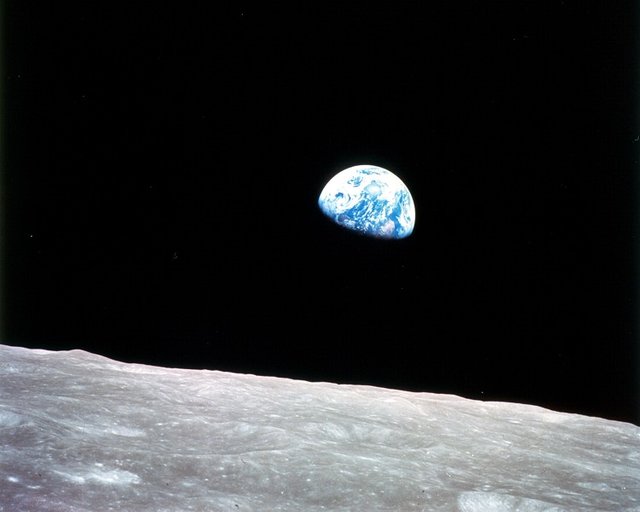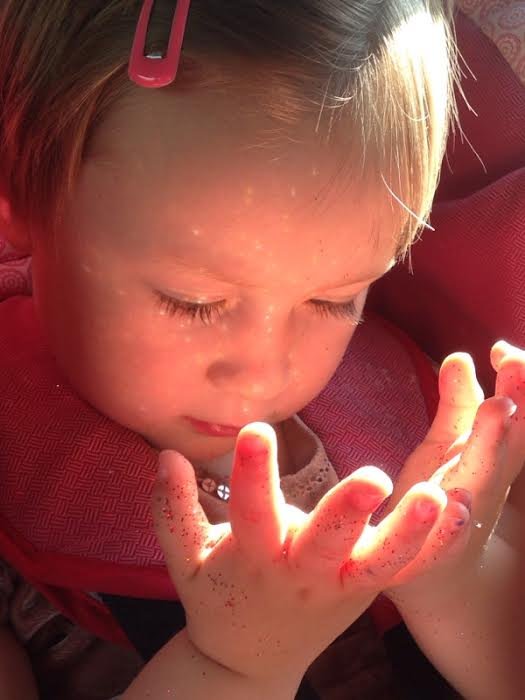Everyone Into Space – The elasticity of human consciousness
In the time of Christopher Columbus, a large part of the population of Europe still believed the world to be flat. Even though in 294 BC the Ancient Greek astronomer Eratosthenes had clearly showed this to be false.
Eratosthenes not only provided strong evidence that the Earth was round, but went on to calculate its circumference as 39,375 Km, less than 2% away from the currently accepted value of 40,041 km. In surely one of the greatest leaps of human imagination, this was all done with rational thought, shadows…. and a small stick.
From a European perspective Columbus stumbling into the new world ushered in a true Age of Discovery (not so much for the indigenous people of the Americas, with imported disease, thievery and war almost completely destroying their culture). The subsequent ‘Columbian’ exchange of biology, information and ideas fundamentally altered people’s conception of the planet we live on.

In the 20th century another paradigm shift in human perception occurred, most artfully rendered in the opportunistic photograph taken by Apollo 8 astronaut William Anders on Christmas Eve, 1968.

Only 27 human beings have ever entered deep space. In the book Moondust: In Search of the men who fell to Earth, author Andrew smith interviews all surviving members of the Apollo programme. He comments
The most profound part of the experience seems not to have been standing on the Moon, but standing on the Moon looking back at the Earth and seeing its astonishing isolation.
Some of the Apollo astronauts, on returning to Earth were profoundly and permanently affected by what they had seen, and struggled to readjust. Charlie Duke (Apollo 16) suffered with long term alcoholism and psychological issues. Al Bean (Apollo 12) gave up flying to become an artist, though he paints variations of the lunar surface, and nothing else. While returning to Earth Ed Mitchell (Apollo 16) reported glimpsing 'an intelligence in the Universe and felt connected to it'. He went on create the ‘Institute of Noetic Sciences’, from the Greek noēsis / noētikos, meaning inner wisdom, direct knowing, or subjective understanding.
A companion piece to Moondust is the documentary ‘For all Mankind’. After watching it for the first time, my lasting impression was not the astonishing technical achievement of reaching the moon and returning safely with less computing power than a modern toaster, or the cool Brian Eno soundtrack, but the astronauts themselves as they try and put their experience into words.
Since this initial rush of contact, it seems our sense of wonder to these images has been somewhat diluted. I have now seen a hundred views of the Earth from space, beautifully and accurately rendered in HD 1080P/3D/4K etc etc etc.

However nothing seems to jolt the synapses like viewing something through the natural 576 megapixel resolution of your own human eye. Why is it that millions of us would give up almost everything we own for 60 seconds in actual orbit?
Perhaps this is just me. Like susceptibility to hypnosis some people are more likely to have their minds blown by such an experience. But if the hardwired brain of a highly trained astronaut, pre-selected from thousands for their inherent emotional discipline can be affected in such a profound way, what would it do to a child’s. How would their sense of collective humanity and respect for the Earth be developed by a school trip to space.
For the betterment of us all, make it so …and fast.

Nice art, is it yours?
yes, its mine. glad that you like:)